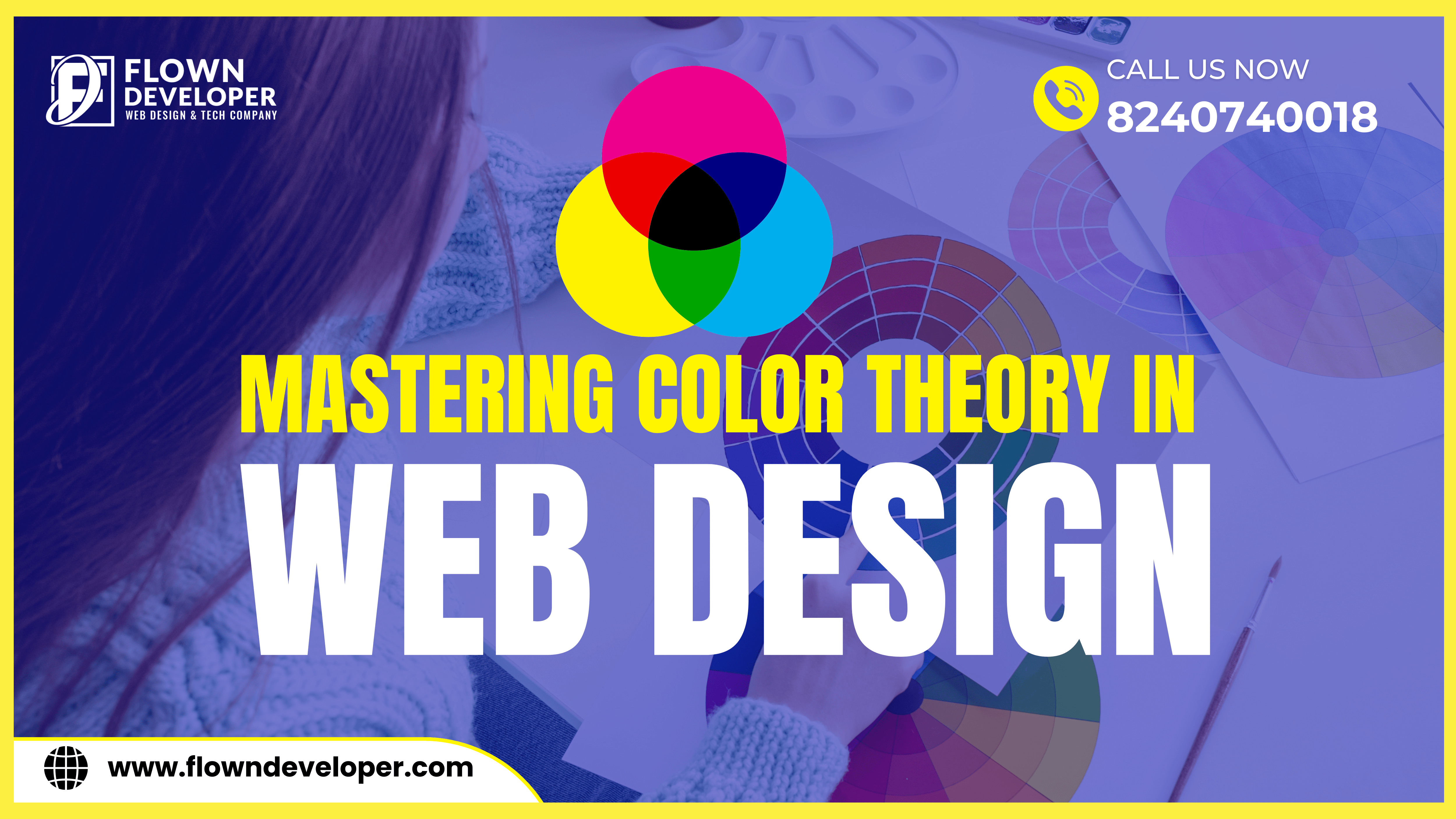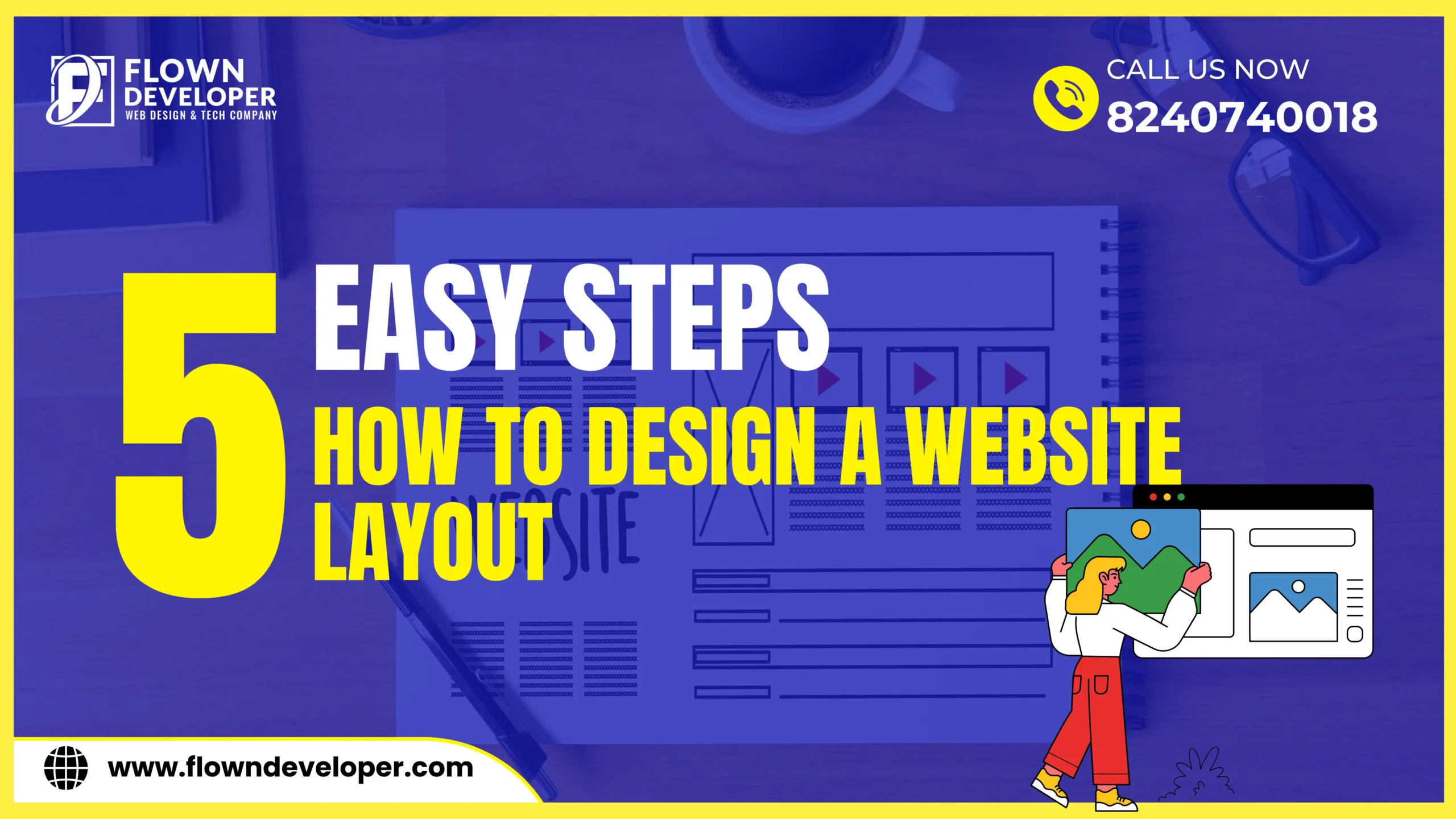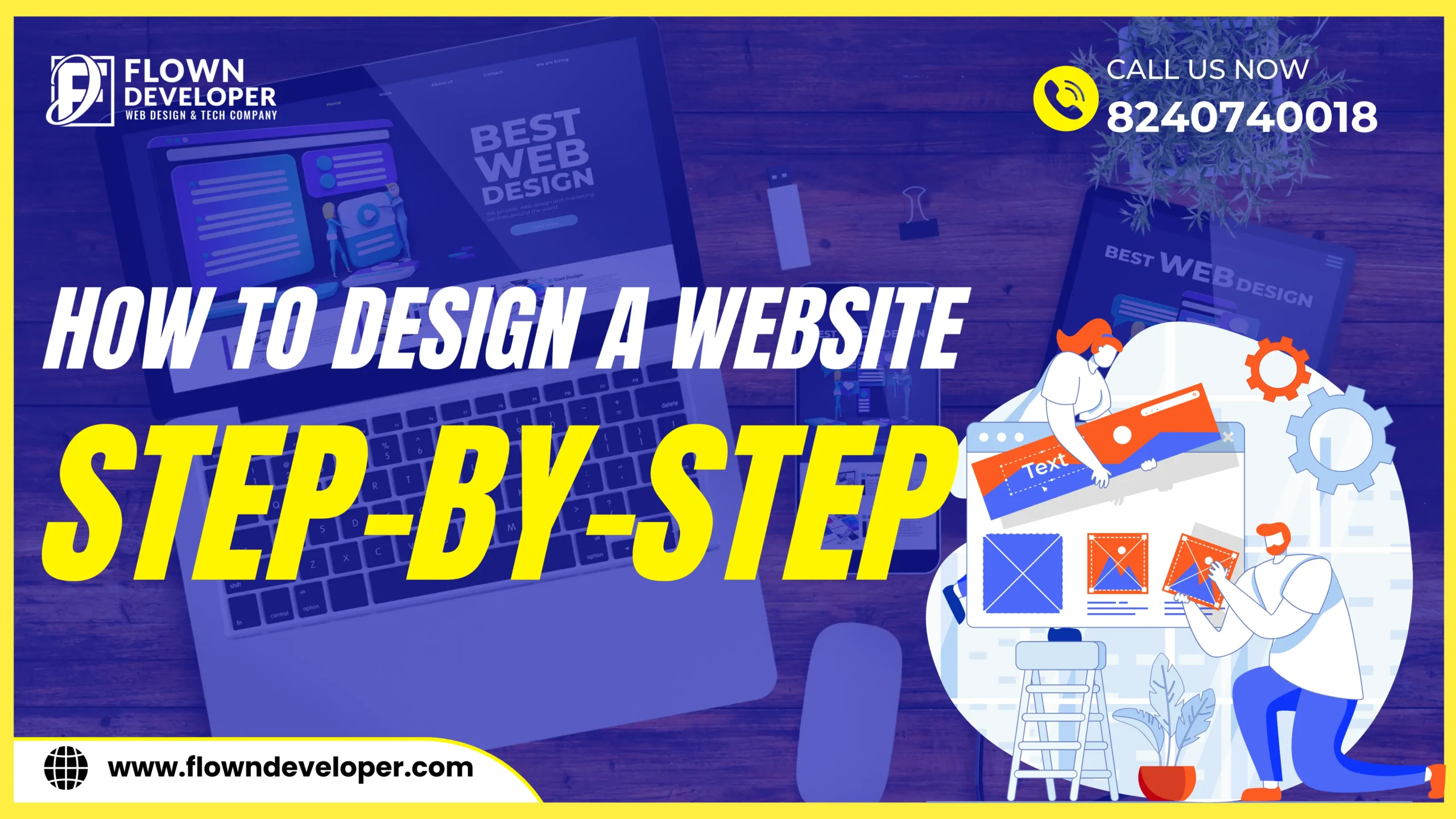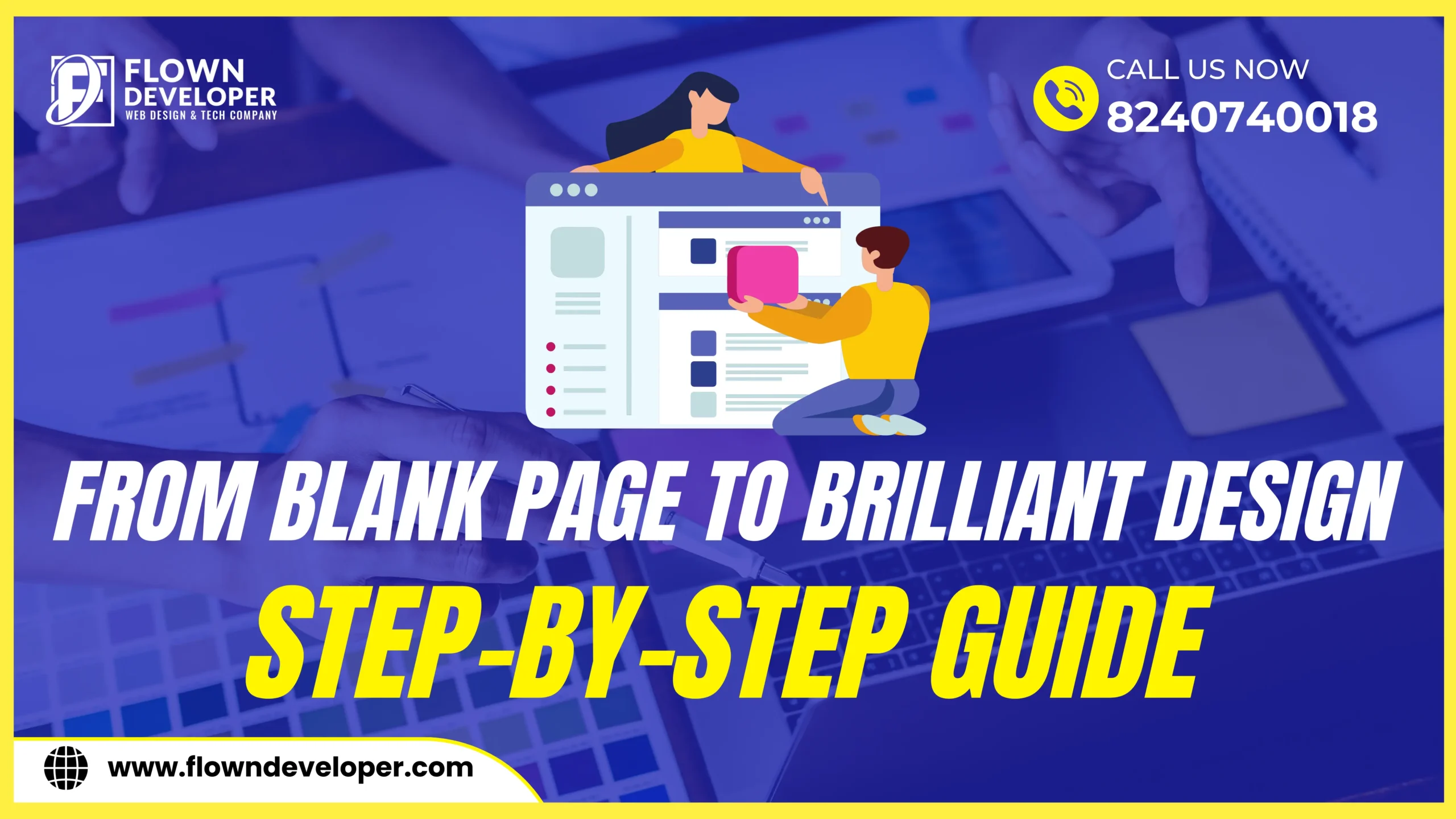The Importance of Typography in Web Design
1. Introduction
In modern web design, typography is one element that often gets overlooked. Yet, it plays a crucial role in a website’s overall user experience, readability, and visual appeal. Typography, the art of arranging type, is more than just choosing a font or deciding on font size. It’s about creating a visual hierarchy, enhancing legibility, and conveying a certain emotion or brand identity.
2. The Importance of Typography in Modern Web Design
Typography in web design is not just about aesthetics; it’s about communicating information effectively. Good typography helps create a clear path for the user’s eye to follow, making the content more readable and the user experience more enjoyable.
Moreover, typography plays a significant role in establishing a brand’s identity. The right font choice can evoke certain emotions, contributing to the overall tone of the website. For instance, a serif font like Times New Roman might convey a sense of tradition and reliability, whereas a sans serif font might suggest modernity and innovation.
Furthermore, typography contributes to the website’s ranking on search engines. Web designers need to ensure that typography appears on screen in a legible and accessible manner, as search engines favour websites that provide a good user experience.
3. Principles of Typographic Elements for Web Design
Understanding the elements of typography is essential for any web designer. These include typefaces, font sizes, line height, and kerning.
Typefaces, or font types, are the specific style used in a text. Typeface families, on the other hand, are a range of related fonts within the same overarching typeface.
Font size, measured in pixels, is another crucial aspect of web design. It must be large enough to be readable but not so large that it overwhelms the page.
Line height, or leading, refers to the distance between the baselines of successive lines of type. Proper line height improves the reading experience by ensuring the text is not cramped.
Kerning and tracking are about adjusting the spacing between characters to achieve a balanced and visually appealing look.
4. Modern Typography Trends in Web Design
In the ever-evolving field of web design, typography trends are constantly changing. Current trends include minimalist typography, bold typography with sans serif fonts, creative use of typography, and animated typography.
Minimalist typography emphasizes simplicity and functionality, often using sans-serif fonts and a limited colour palette. Bold typography, on the other hand, uses large, eye-catching fonts to draw attention to important elements.
Creative use of typography involves breaking traditional rules to create unique and visually interesting designs. Animated typography, meanwhile, adds movement to text, making it more engaging and dynamic.
5. Tools and Techniques for Typographic Elements
Numerous online tools and CSS techniques are available to help web designers use typography effectively. These tools can assist in choosing the right font, adjusting font size, and creating a balanced and visually appealing design.
6. Tips for using Typography in Modern Web Design
When using typography in web design, keeping a few key principles in mind is important.
First, make effective use of white space. Proper use of white space ensures that the text is easy to read and doesn’t feel cluttered.
Second, limit the number of typefaces used. Too many different fonts can make a website look disjointed and confusing.
Third, create a visual hierarchy. This can be achieved using different font weights and sizes for headings and body text.
Lastly, pay attention to accessibility. Ensure that the font and background colour have enough contrast to be easily readable and that the font size is large enough to be legible.
Conclusion
In conclusion, typography is an essential aspect of web design. It plays a crucial role in communicating information, establishing brand identity, and enhancing user experience. By understanding the principles of typography and knowing how to use it effectively, web designers can create websites that are visually appealing but also user-friendly and accessible.
The future of typography in web design is exciting, with new trends and technologies constantly emerging. As we continue to learn how to use typography more effectively, we can look forward to websites that are even more engaging, accessible, and visually stunning.
